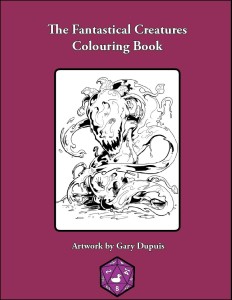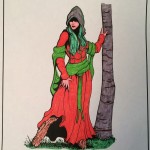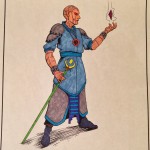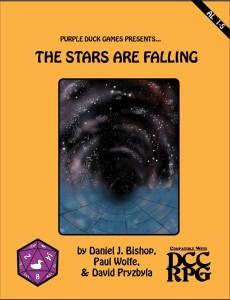 I have not posted anything gaming for a while because I work in the Tax profession. That means from January through April 15 I can be quite busy working long hours and not finding enough time to do other things. We do have a little slow down here in March so that brings me to one realistic aspect that is rarely seen in games: Taxes!
I have not posted anything gaming for a while because I work in the Tax profession. That means from January through April 15 I can be quite busy working long hours and not finding enough time to do other things. We do have a little slow down here in March so that brings me to one realistic aspect that is rarely seen in games: Taxes!
No one likes taxes. They are a pain in the ass to do and the system, at least here in America, is complex and serves to do more than just collect taxes. It is a carrot and a stick system rewarding certain behavior while punishing other types of behavior. The rewards come in the form of refundable credits and refunds while the punishment is a greater tax liability. Can that be translated into gaming though?
I think the better question is not can it, but should it be? In games like D&D that tend to be a bit of a resource management game a Tax system is just pulling gold out of the PC’s pockets. One would also want to tax the magical assets of the PCs and not just the cash on hand. I like the idea but I don’t know a way of doing so that is fun. I would not want to place a tax system into the game and have the players feel like it is just there to punish them. It would be easy to come up with paper work for them to fill out and get them involved in the taxing process but that just seems tedious and a good way for the players to revolt. Paranoia is the only game I’ve seen that paper work is accepted and even there it is easy to go overboard.
So, how do we make Taxes fun? It can’t be just taxes. I think it needs to be an event like Tax day when the tax collector and his armed guards and mages come around collecting from every poor soul they encounter. It could be like in Robin Hood where they just break into everyone’s place and take a large percentage of anything valuable they find. This does put the tax collector in the villain’s role. I think most players would find that acceptable. You can have the PCs make it difficult for the taxes to be collected or even rob the tax collector making the taxes not collected.
That’s when the twist comes in. If not enough taxes are collected then bad things might start happening around the kingdom. The treasury gets smaller without taxes to fill it up so maybe the guards don’t get paid and they go on strike. Or roads and bridges don’t get repaired. We don’t have to make the kingdom good or evil just show that the money is being used for real tangible purposes and when the money goes away it eventually has a very real effect on the setting. Less money in the King’s coffers could lead to inflation. It could lead the King to search out alternative revenue streams and who knows what kind of trouble that could get the Kingdom in.
I would not use taxes as a major plot but I think it would be a good little background detail. If the PCs get great wealth and they pay their proper taxes then the Kingdom might improve. I would start out with a Kingdom that has needs of improvements and then if the Taxes come in show that some improvements happen but if the PCs hinder the tax collection then show things getting worse. Even if one establishes all this it is still very possible for the PCs to really not care. But once they get wealthy if they open a business or buy some property then the DM can hit them up with different kinds of taxes. If they don’t pay them then spend a session taking the PCs though an Audit. They will never complain about going through something like the Tomb of Horrors again.
Chris Gath. I’ve been gaming since 1980 playing all kinds of games since then. In the past year I’ve run Pathfinder, Dungeon Crawl Classic, Paranoia, and Mini d6. My current campaign is mini d6 and we are using that for a modern supernatural conspiracy investigative game. On some forums I’m known as Crothian and I’ve written a few hundred reviews though I took a sabbatical from reviewing for a few years as it burnt me out. I was also an judge for the Gen Con awards (ENnies) six times. Jeff, the owner of this blog, is one of my players and a good friend.











